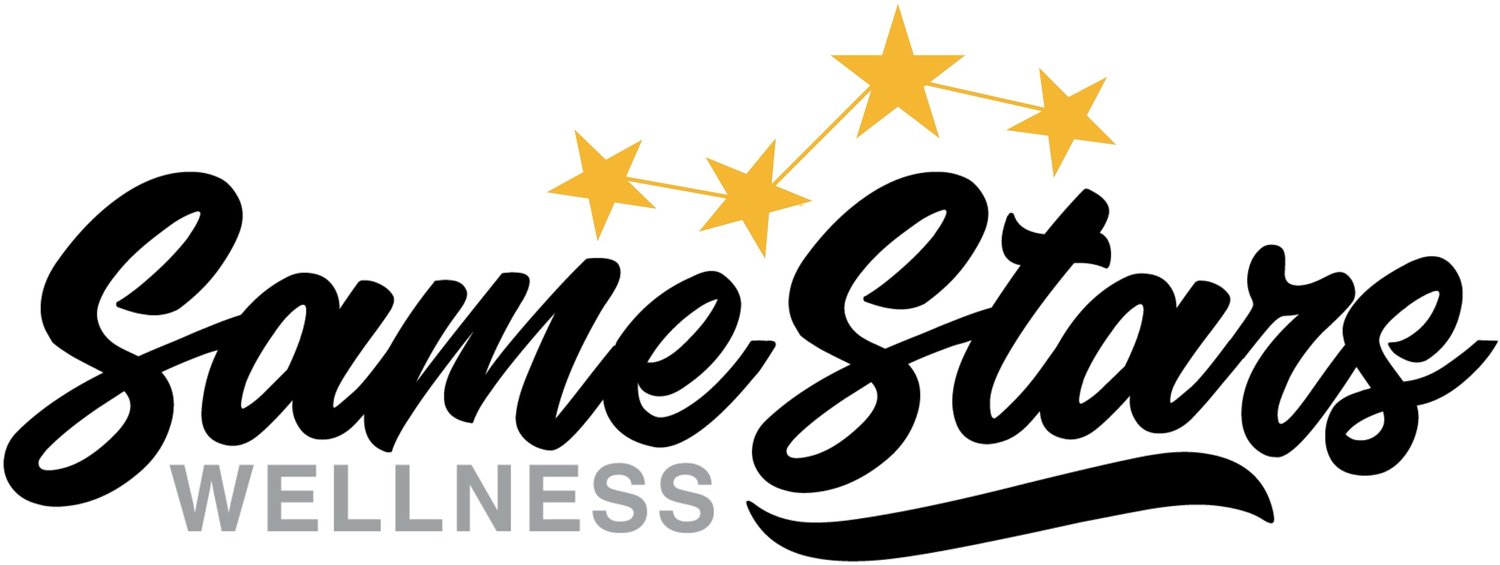Why Your Child Can’t Sleep — and How Craniosacral Therapy Can Help
When bedtime becomes a battle
You’ve tried earlier bedtimes, calming routines, and even cut back on screens — but your child still can’t fall asleep, or wakes through the night. You’re not alone. Sleep struggles are one of the most common concerns parents share in clinic. For many children, especially those with busy minds or sensitive systems, the issue isn’t the bedtime routine itself — it’s what’s happening underneath it.
When the nervous system stays “switched on,” rest feels impossible. Craniosacral therapy offers a gentle, body-based way to help calm that system down — and support kids in finally finding the deep rest they need.
What’s really keeping kids awake?
Sleep issues in children often connect to an overactive nervous system. This can happen for a lot of reasons — stress, anxiety, sensory overload, growth spurts, even mild tension in the head, neck, or spine. When the body is holding tension or the brain can’t fully shift into “rest and digest” mode, kids stay alert — even when they’re exhausted.
That’s why you might notice your child:
Tossing and turning for hours
Waking frequently through the night
Experiencing vivid dreams or night terrors
Waking early and feeling irritable
Struggling to concentrate the next day
How craniosacral therapy helps
Craniosacral therapy (CST) is a gentle, hands-on technique that focuses on the central nervous system — the brain and spinal cord. Using light touch, the practitioner helps release subtle tension patterns in the body that can affect how the nervous system regulates itself.
For kids, CST feels relaxing and safe. Many describe it as “like a nap without sleeping.”
Through this process, the body naturally begins to settle into a calmer, more balanced state — one that supports deeper, more restorative sleep.
CST can help children who experience:
Trouble falling or staying asleep
Night terrors or anxious dreams
Restlessness or muscle tension
Difficulty winding down after stimulation
Stress, anxiety, or emotional overwhelm
Why nervous system regulation matters
When the body learns what calm feels like, sleep becomes easier. CST helps “teach” the body to down-shift — reducing the chronic stress response that keeps kids stuck in alert mode. Over time, this can improve:
Sleep quality: longer, deeper rest
Mood and focus: calmer mornings, better emotional regulation
Body awareness: improved sense of safety and comfort in their own body
What to expect during treatment
At Same Stars Wellness, treatments are gentle and child-led. Your practitioner will explain what’s happening in simple, reassuring language and let your child guide the pace. Many kids fall asleep on the table — and that’s okay!
Parents often notice small changes first: easier bedtimes, shorter wake-ups, or a general sense of calm after school. Those small wins build on each other, leading to more consistent sleep over time.
When to reach out for support
If your child has been struggling with sleep for more than a few weeks, or you’ve noticed patterns of anxiety, hyperactivity, or restlessness, craniosacral therapy can be a great next step. It works beautifully alongside occupational therapy, mental health support, or pediatric care — helping the body and brain work with those interventions, not against them.
Further Reading & Resources
The Sleep Foundation: How the Nervous System Affects Sleep
Harvard Health: The Science of Relaxation Response
Kids Help Phone: Supporting Children with Anxiety and Sleep Struggles
You can always connect with our team at Same Stars Wellness to learn how craniosacral therapy might support your child’s sleep and emotional wellbeing.

